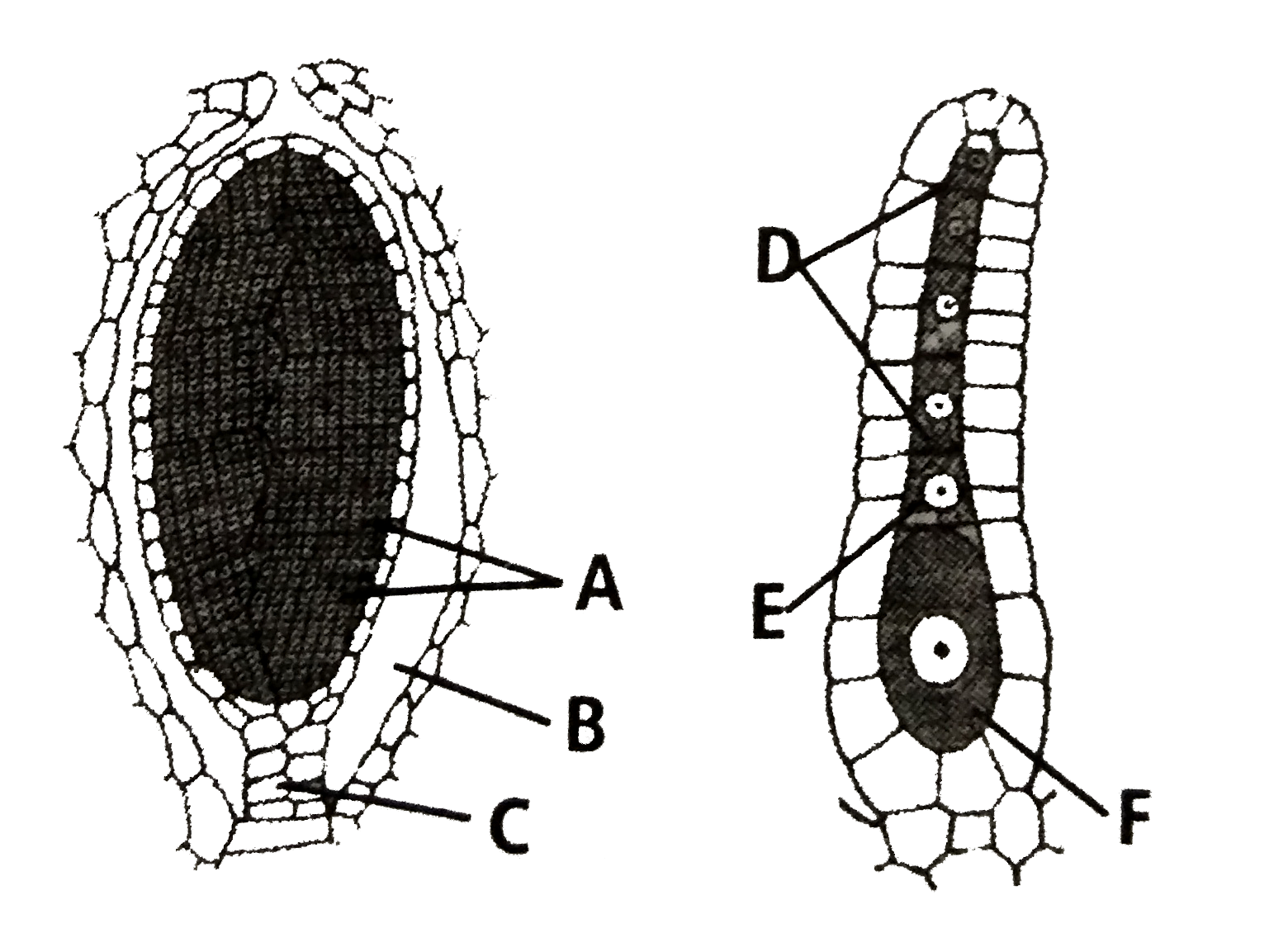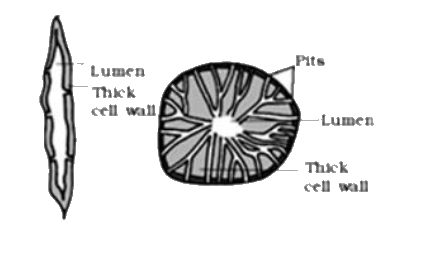Motile sperm cells swim through an external film of water to reach female gametes in all of the following groups except for :
Pteridophyta
Spermatophyta
Lycopodiophyta
Bryophyta
The correct Answer is:B
To solve the question, we need to analyze the reproductive methods of the different groups mentioned: Pleurophyta, Spermatophyta, Lycopodiophyta, and Dryophyta.
1. Understanding the Groups:
- Pleurophyta: This group includes bryophytes, which have flagellated sperm that swim through water to reach the female gametes.
- Spermatophyta: This group consists of seed plants, which reproduce via seeds and do not require water for sperm to reach the female gametes.
- Lycopodiophyta: This group is part of the pteridophytes and has flagellated sperm that swim through water to reach the female gametes.
- Dryophyta: This group also includes plants that require water for the sperm to swim to the female gametes.
2. Identifying the Exception:
- From the analysis, we see that both Pleurophyta, Lycopodiophyta, and Dryophyta have motile sperm that swim through water. However, Spermatophyta is the only group where the sperm does not swim through water to reach the female gametes.
3. Conclusion:
- Therefore, the group where motile sperm cells do not swim through an external film of water to reach female gametes is Spermatophyta.
Final Answer:
Spermatophyta
---
- Pleurophyta: This group includes bryophytes, which have flagellated sperm that swim through water to reach the female gametes.
- Spermatophyta: This group consists of seed plants, which reproduce via seeds and do not require water for sperm to reach the female gametes.
- Lycopodiophyta: This group is part of the pteridophytes and has flagellated sperm that swim through water to reach the female gametes.
- Dryophyta: This group also includes plants that require water for the sperm to swim to the female gametes.
- From the analysis, we see that both Pleurophyta, Lycopodiophyta, and Dryophyta have motile sperm that swim through water. However, Spermatophyta is the only group where the sperm does not swim through water to reach the female gametes.
- Therefore, the group where motile sperm cells do not swim through an external film of water to reach female gametes is Spermatophyta.
Spermatophyta
Topper's Solved these Questions
- BOOK - ICSECHAPTER - PLANT KINGDOM EXERCISE - Test Your Progress (Fill in the blanks with appropriate words)19videos
PLANT KINGDOM
- BOOK - ICSECHAPTER - PLANT KINGDOM EXERCISE - Test Your Progress (State whether the following statements are true or false )10videos
PLANT KINGDOM
- BOOK - ICSECHAPTER - PLANT GROWTH AND DEVELOPMENTEXERCISE - NCERT EXERCISES WITH ANSWERS (DIFFERENTIATE BETWEEN)11videos
PLANT GROWTH AND DEVELOPMENT
- BOOK - ICSECHAPTER - QUESTION PAPER -BIOLOGYEXERCISE - PART -II (Section -C)6videos
QUESTION PAPER -BIOLOGY
Similar Questions
Knowledge Check
- Question 1 - Select One

Refer to the following figures regarding division bryophyta.
(i). 'A' are the androcyte mother cells of the antheridium,
which give rise to a large number of biflagellate male gametes.
(ii). 'B' is the autheridial chamber and 'C' is multicellular stalk of antheridium.
(iii). 'D' and 'E' respectively represents venter canal cells and neck canal cell of the femal sex organ.
(iv). 'F' is the egg cell of the archegonium, which usually possesses severatl female gameters.
Which of the following combinations of above statements is incorrect?A(i) and (ii)B(iii) and (iv)C(ii) and (iii)D(i) and (iv)
Given type of plant cells are found in all of the following , except
 View Solution
View SolutionMale Ascaris can be distinguished from the female on the basis of all of the following except
View SolutionAll the following cells produces collagen except :-
View SolutionThe cells of anther wall layer which nourish the developing pollen grains is related to all of the following features, except
View SolutionAll structural details of cell were revealed through the following instrument
View SolutionDuring fertilization in ferns, male gamete reaches the female gamete through the agency of
View SolutionAll of the following are found in a prokaryotic cell, except
View Solution

